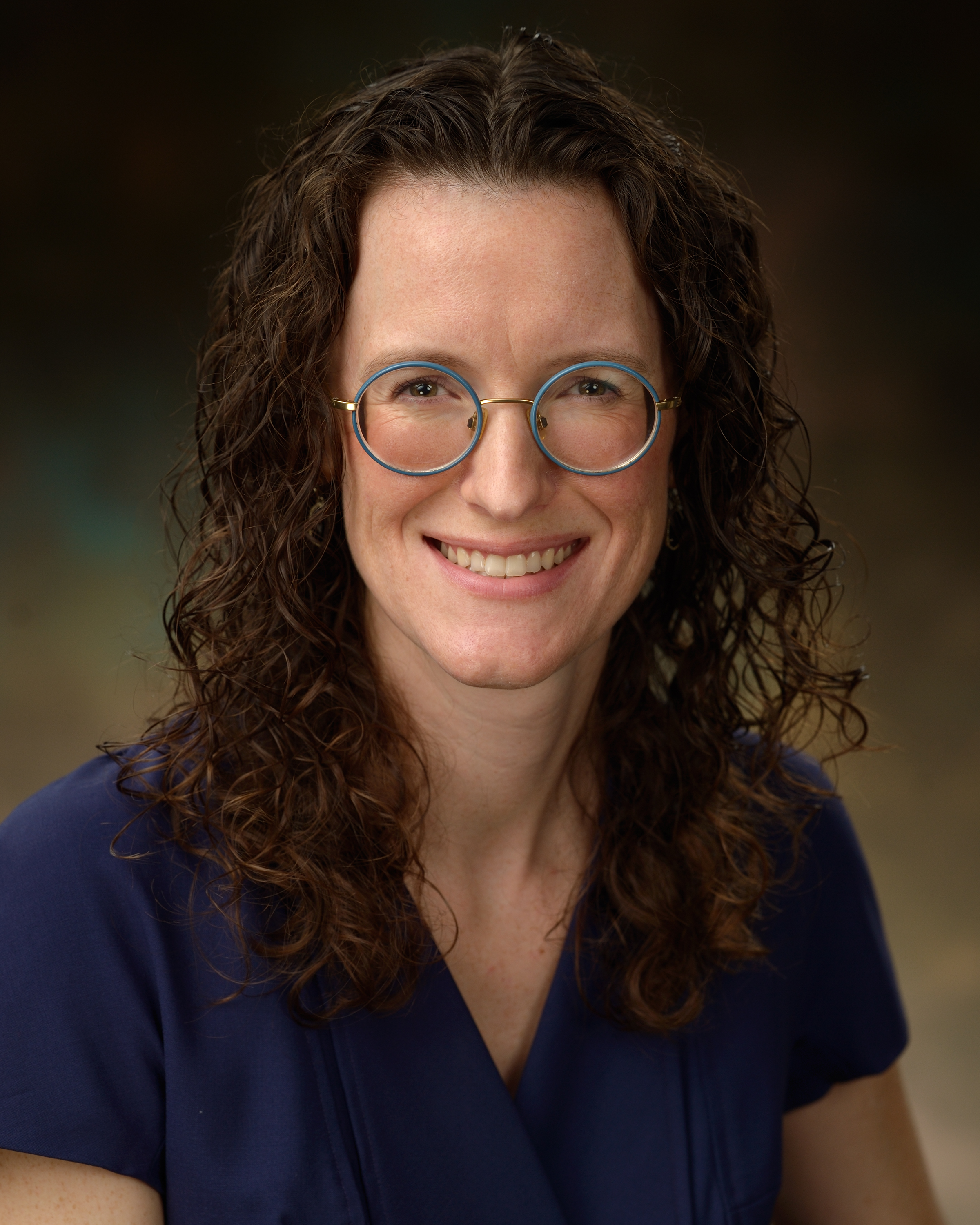
Small Round Blue Cell Tumors: Ancillary Testing and Diagnosis
Maren Y. Fuller, MD |
Many pediatric malignancies have different cytomorphology than adult malignancies, and the “small round blue cell tumor” represents the prototypical pediatric malignancy. Importantly, small round blue cells tumors have a broad differential diagnosis, and often fresh tissue triage is necessary for selection of appropriate ancillary testing. In addition to subtle morphologic clues, patient age and tumor location also narrow the differential diagnosis.
Target Audience
This educational activity is designed for pathologists, cytopathologists, cytotechnologists, students and other members of the cytopathology community.
Learning Objectives
- To recognize the cytomorphology of small round blue cell tumors
- To provide an appropriate differential diagnosis of small round blue cell tumors, taking in to account cytomorphology, clinical setting, and tumor site
- To understand the appropriate ancillary testing required for small round blue cells tumors, including flow cytometry, molecular testing, and cytogenetics.
Maren Y. Fuller, MD
Assistant Professor
Baylor College of Medicine and Texas Children's Hosptial
Houston, Texas
The presenter has no conflicts of interest or financial relationships to disclose.
Continuing Medical Education (CME) Statement
The American Society of Cytopathology is accredited by the Accreditation Council for Continuing Medical Education to provide continuing medical education for physicians. The American Society of Cytopathology designates this enduring educational activity for a maximum of 2.0 AMA PRA Category 1 Credits™. Physicians should only claim credit commensurate with the extent of their participation in the activity.
American Board of Pathology Maintenance of Certification (CC)
This product can help fulfill the CME requirements and Self-Assessment Modules (SAMs) mandated by the American Board of Pathology Continuing Certification (CC) process. Earn up to 2.0 SAM Credit Hours.
Continuing Medical Laboratory Education (CMLE)
The ASC designates this activity for a maximum of 2.0 Continuing Medical Laboratory Education (CMLE) credit hours for non-physicians. The CMLE credit hours meet the continuing education requirements for the ASCP Board of Registry Certification Maintenance Program. Participants should claim only the credit commensurate with the extent of their participation in the activity.
Cytotechnologists with Licenses in Florida and California
This program is approved for 2 continuing education credits in the State of Florida and 1 in the State of California. The credit on each link is good for three years from the live presentation date.
Available Credit
- 2.00 AMA PRA Category 1 Credit™
- 1.00 California Credits
- 2.00 CMLE
- 2.00 Florida Credits
- 2.00 MOC II
- 2.00 Participant

 Facebook
Facebook X
X LinkedIn
LinkedIn Forward
Forward